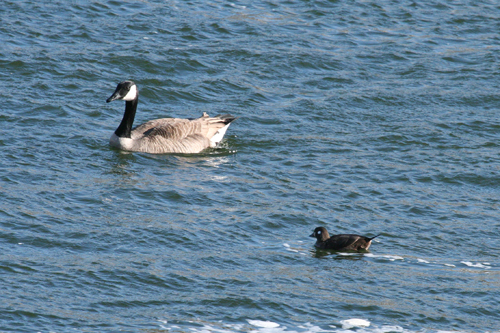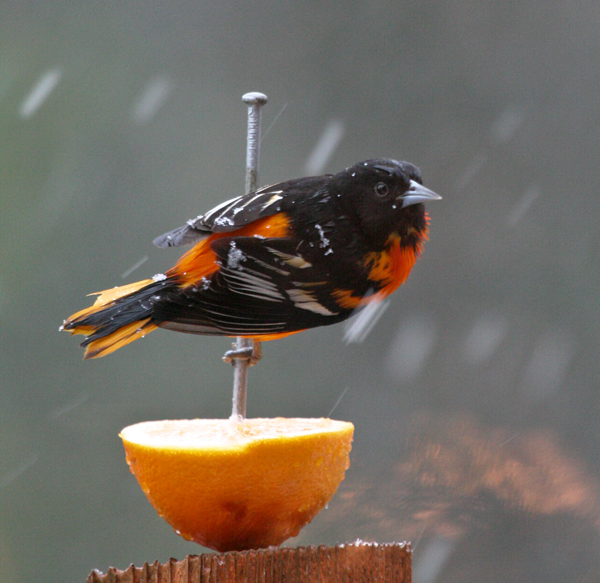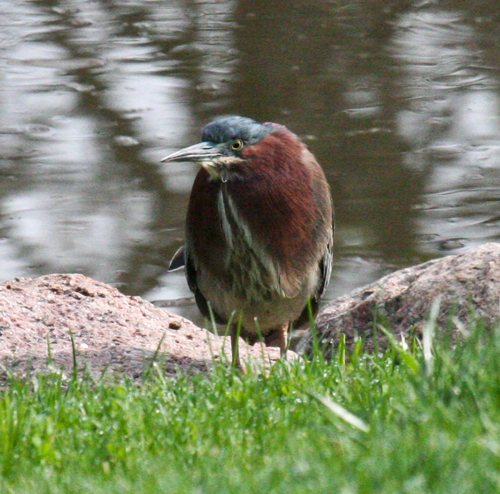On May 6, 2019 my son-in-law and I assisted a member of the Ver Meer family in an inventory of the species at Ver Meer Woods, on the banks of the South Skunk River near Pella, Iowa. Here is a list of the birds we saw that morning.
First and most spectacular were the nesting colonies of Great Blue Herons in the great old Sycamores on the property. We saw about 100 nests and even more Herons, and in many of the nests could be heard young chirping. Hatched eggshells littered the ground. This may be the largest Great Blue Heron rookery in the State of Iowa. What a sight and sound it was. And what a Natural Treasure it is!!

Other species seen at the Woodland during the morning were: Turkey Vultures, Crows, Red-tailed Hawk, Wood Ducks, Mallards, Turkeys, Eastern Kingbird, Great Crested Flycatchers, Barred Owl (heard only), Least Flycatchers, Empidonax species, Wood Thrushes, Swainson’s Thrushes, Veery, Grey-cheeked Thrush, Brown Thrasher, Mourning Doves, House Wrens, Yellow-throated Vireos (heard only), Blue-headed Vireo, Cardinals, Indigo Buntings, Catbirds, Common Grackles, Bluejays, White-breasted Nuthatches, Baltimore Orioles, Robins, Eastern Towhees, Red Headed Woodpeckers, Red-bellied Woodpeckers, Downy Woodpeckers, Hairy Woodpeckers, Pileated Woodpecker (heard only), Goldfinches, White-throated Sparrows, Lincoln’s Sparrows, and the following bonanza of 7 Warbler species: Redstarts, Northern Waterthrush, Ovenbirds, Palm Warblers, Yellow-rumped Warblers, Black and White Warblers, and the bird of the day, a beautiful male Blackburnian Warbler. Total Species at the Woodlands: 45
Others seen near the Woods were Pheasants (at least 5), Great Tailed Grackles (3), Meadowlark species, Barn Swallows, and Red-winged Blackbirds, bringing the number at or near the Woods to 50 species. The Ver Meer Family deserves great credit for placing this unique place under a conservation easement to assure the preservation of its treasures far into the future.
Other sightings of special interest were a lovely Coyote, a very large Woodchuck, a Garter Snake and Spring flowers covering the forest floor in profusion: among others, Spring Beauty, Rue Anemone, Violets, Buttercups, Jack-in-the Pulpit, with a few Jacks present in their pulpits, May Apples (but no apples yet), Wild Ginger, and Dutchman’s Britches (of course), but not in flower.









